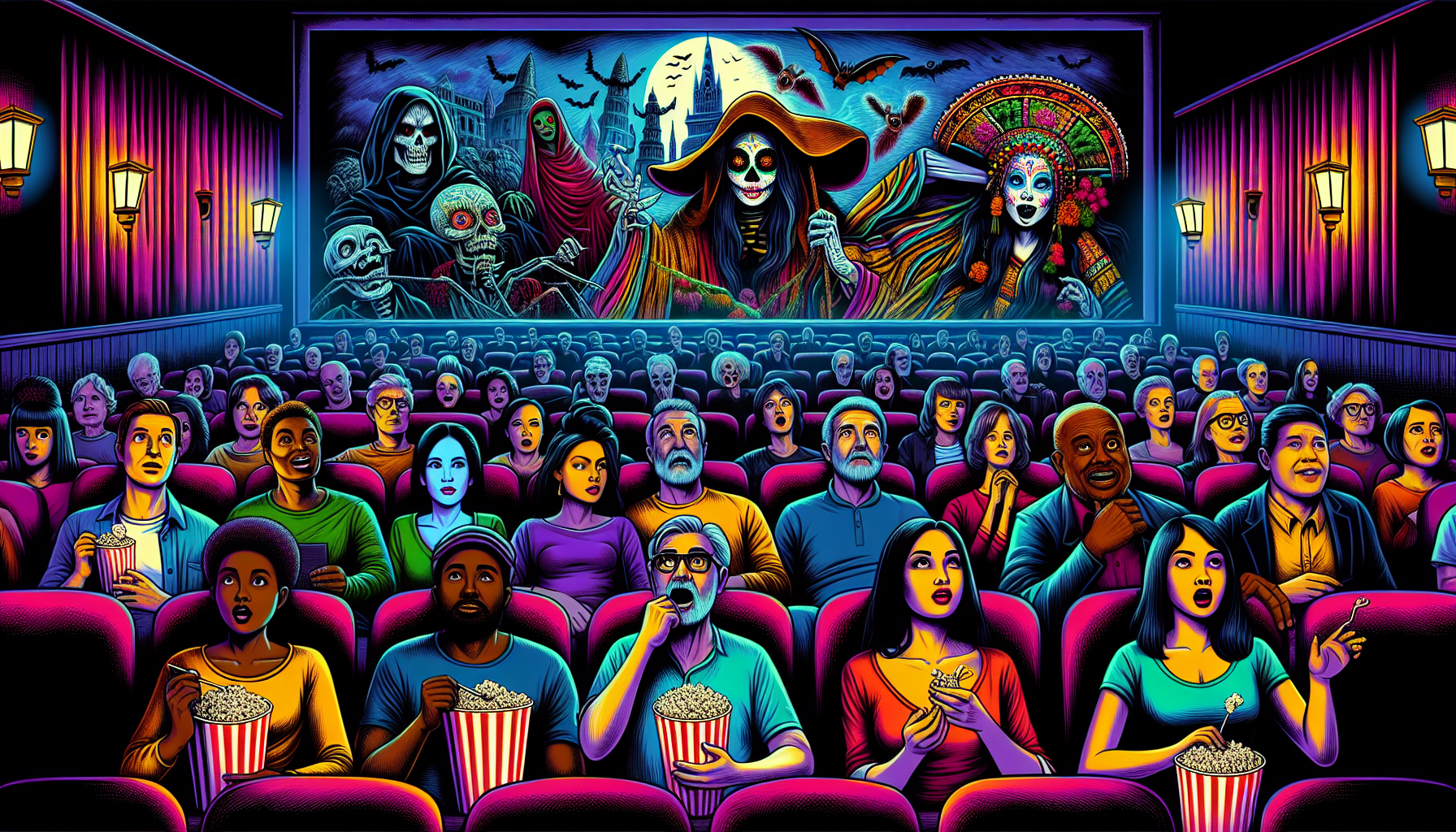
When Ghouls Go Global: Adapting Horror Screenplays for an International Screaming Session
Have you ever wondered why a ghost in Japan looks eerily different from the specter hovering under beds across the American Midwest? Or perhaps why the chilly whispers in a gothic English manor differ from the spine-tingling tales told around a campfire in the Australian Outback? Welcome to the spine-chilling endeavor of adapting horror screenplays for international audiences—a task that gives even the bravest writers the heebie-jeebies!
Understanding Cultural Spook-o-Meters
Before you jet off and plant your horror flag on international soils, it’s crucial to grasp the ‘cultural spook-o-meter’ of your audience. Different things scare people in different parts of the world. While Americans might shiver at the sight of a bizarre, chainsaw-wielding maniac, Japanese audiences might find the slow, deliberate movements of a ghost child hiding behind a curtain far more horrifying. Thus, the first rule of international horror is to know your fear-market. Dive into local legends, creepy tales, and understand what makes that particular culture’s heart race.
Cultural Nuances and No-No’s
Alienating your audience is scarier than most plots we could conjure. Each culture has its taboos, and what’s considered terrifying in one culture could be blasé—or even offensive—in another. For instance, depictions of spirits and the supernatural might be lapped up eagerly in countries steeped in spiritualism, like Thailand or Mexico, but could provoke controversy in more secular societies or where beliefs veer towards the paranormal being too sacred or stigmatized for entertainment. Adjusting your screenplay to avoid these cultural landmines is essential unless you want the only screams to be from angry critics and horrified execs.
Language: It’s Not Just About Subtitles
Now, let’s talk dialogue. Sure, subtitles do a great job, but localizing the language used by your characters can turn up the dial on relatability. Slang, idioms, and expressions that resonate well in one language might fall flat or be misunderstood in another. Sometimes horror isn’t just about the shock; it’s about the buildup, the suspense conveyed through conversations. Fluent, culturally resonant dialogue can be the subtle difference between a good movie and a great one. And remember, nothing snaps a viewer out of the horror faster than clunky or incorrect language use—unless, of course, your aim is to horrify linguists!
Setting and Scenery That Sends Shivers
The eerie desolation of an abandoned hospital in Chernobyl can invoke dread that a well-populated sunny beach in Rio might not. When adapting a screenplay for different regions, consider the local environments that naturally lend themselves to horror. Urban legends often draw on the history, setting, or folklore of a place. Whether it’s Victorian mansions, remote deserts, or crammed futuristic cities, aligning your setting with the familiar yet fear-inspiring places known to your audience can amplify the chills.
Character Archetypes: The Universal Versus The Unique
Some horror character archetypes transcend cultural boundaries; the innocent child with a sinister secret, the skeptic turned believer, the wise elder holding forbidden knowledge. These figures can be found in horror narratives worldwide. However, refining these archetypes to better fit cultural expectations can significantly affect your screenplay’s impact. This might mean altering backstories, traits, or even the nature of the relationships between characters to better align with familial and social norms of the region.
The Monster Manual: A Global Guide
Finally, the creature feature. Monsters, spirits, and antagonists can sometimes make or break your horror story. While the concept of a shape-shifting entity might be petrifying universally, the form it takes can differ radically across cultures. From folklore creatures like Latin America’s ‘El Chupacabra’ to the high-tech terrors of Western sci-fi horror, the beast at the heart of your story needs to resonate—or revolt—on a familiar, cultural level to truly touch the terror nerve.
So, there you have it—a beginner’s guide to turning local lore into internationally acclaimed horror scripts. Remember, the goal is to horrify, not to horrify your producers with poor box office returns! Get to know your audience, respect their boundaries while gently pushing them, and most importantly, never underestimate the power of a good old-fashioned scare, no matter where in the world it’s coming from.






